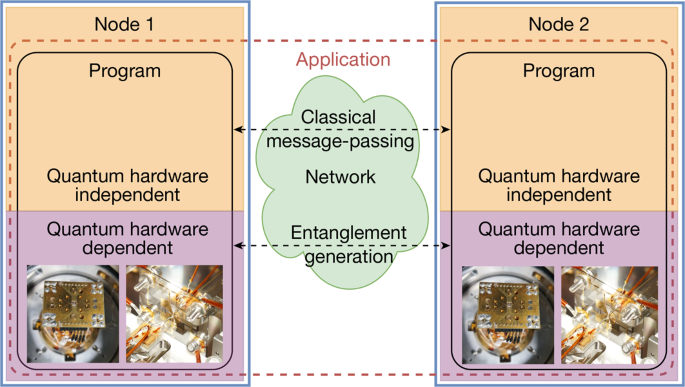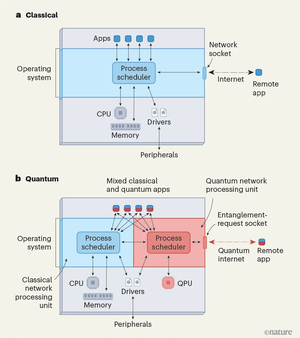stankeylegjones
Iconic Member
- Messages
- 1,618
1. Then, do you not also think relativity (both forms) is wrong? Along with the standard model? Any other theory that doesn't describe everything?1. Electrodynamics is wrong for the same reason classical mechanics is wrong. Neither theory fully describes reality. They describe reality at a macroscopic scale but not a **very** macroscopic scale or a quantum scale.
2. By "fucked up" I mean it's really counter intuitive. There are so many bizarre results that seem really wrong. For instance, delayed choice. Are you familiar with that? It's incredibly weird. Note that Einstein also thought quantum mechanics was incredibly strange.
3. Because the schrodinger equation is a 4-d pde.
4. No., I'm not confusing the uncertainty principle with quantum tunnelling.
5. I didn't say the entire standard model is elegant. But the building blocks of QFT - especially QED and QCD -- are, in my view. For instance, I like thinking about forces and fields as "operators." There's a level of abstraction that goes above and beyond classical physics. Maybe it's my background in computer programming. It reminds me of building a function that takes other functions as parameters and operates on them. I haven't studied the math in a very long time, though. Maybe I'm romanticizing what I remember. A chacun son gout.
2. Yes, and yes, I agree, there are some things that at first seem counter intuitive. But, every theory has counter-intuitive results. Einstein really didn't like that quantum physics (both formalisms at the time) are not deterministic. He did find other aspects of quantum physics to be pleasing - he contributed significantly to them.
3. What is your definition of a 4-dimensional pde and how does it from a pde in 3 coordinates + 1 parameter?
4. Then please explain in more detail what exactly you mean.
5(a). What do you mean by saying QED and QCD are part of the building blocks of QFT? They are examples of a QFT.
5(b). By operators, I'm assuming you mean linear transformations on your Hilbert space. You can describe classical physics in the same way - linear operators on an underlying vector space.
Super, I must say, I'm glad you brought this thread into existence. It's rare that I get to discuss things that I've studied for many many years!
Edit: I forgot to say/ask, given your background in computer programming, have you studied much category theory?
Last edited:



